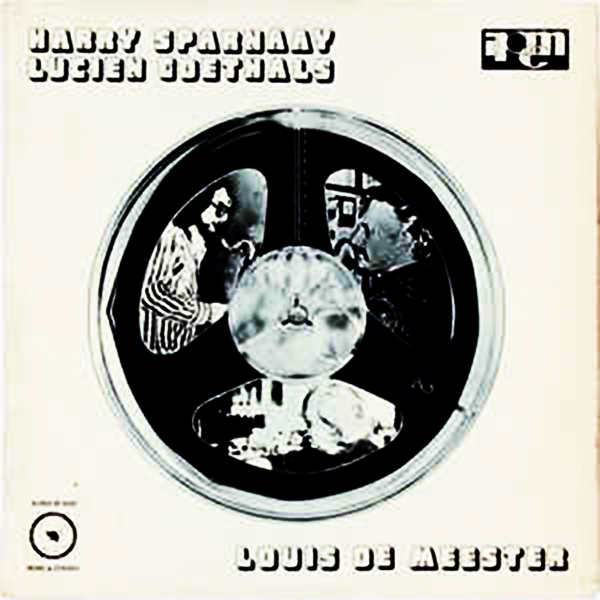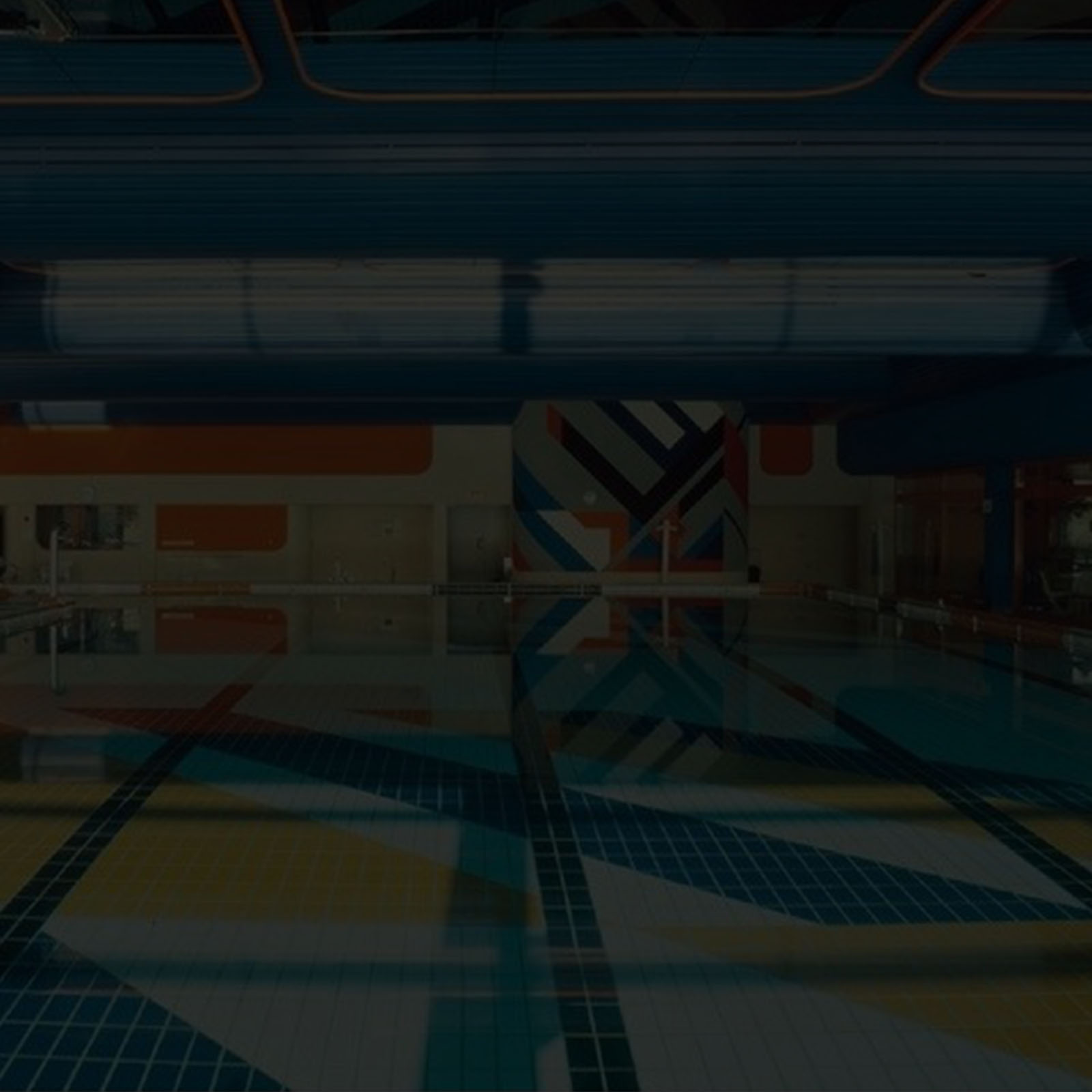Early ElectroMIX is a series to document the history of experimental Electronic music from the 50s to the 80s, composers making use of electronic instruments, test equipment, generators of synthetic signals and sounds… to analog synthesizers…While our sessions document those who make it today my desire is to transmit some pioneering works which paved the way to what we try to create.
Realizing that most of those seminal recordings were not available I decided to archive them in a contemporary way, DJing-mixing them and while most of the time running several sources together or in medleys I made sure to respect the original intent of each composers as I want to transmit their message rather than mine.
The only one I would dare deliver being that they should not be forgotten…
Philippe Petit / April 2021.
Recorded (on May 11, 2021) for our series broadcasted on Modular-Station
https://modular-station.com
Tracklist:
Giuliano Sorgini – Elettroformule (1972 / BTF) 00:00 > 03:54
Pietro Grossi – Visioni Di Vita Spaziale (1967 / Cooper) 03:48 > 09:58
Joel Chadabe – Blues Song (1966 / Electronic Music Foundation) 09:49 > 12:48
Mauricio Kagel Transición I (1958 / Harmonia Mundi) 11:50 > 24:48
Karel Appel (Frits Weiland) – Paysage électronique (1963 / Philips) 22:38 > 34:06
Frits Weiland – Textuur (1970 / Prospective 21e Siècle – Philips) 33:57 > 40:39
Louis De Meester – Mimodrama (1975 – Alpha Brussels) 38:40 > 01:00:36
Giuliano Sorgini – Elettroformule (1972 / BTF)
Originally released on the much sought-after collectible LEO Rds and luckily reissued by BTF in their great “Library Music Series” – along with long time favorites “Ritmo Dell’industria N.2” di Alessandro Alessandroni + “Fauna Marina” from Egisto Macchi – this shortie is a guaranteed winner to break any Venusian solitude…
Sounding quite atypical amidst his peers in Library though one should bear in mind his fantastic works using the alias Raskovich and above all “Scienza E Tecnologia” in MIX 20…
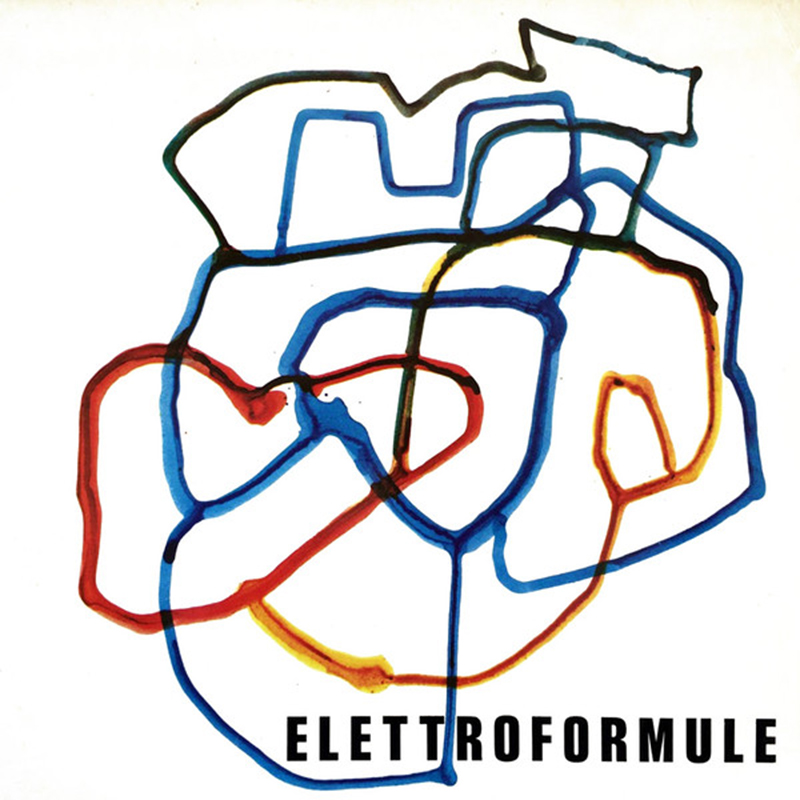
Pietro Grossi – Visioni Di Vita Spaziale (1967 / Cooper)
An accomplished cellist and visual artist as well as a composer, eventually arriving at electronic music around the late 1950s making his mark as the founder of the Studio di Fonologia Musicale di Firenze in 1963. During this time Grossi would laboriously splice tapes and customise machines to help create his first forays into abstract electronic soundscaping. I have chosen to play with some from his third LP, otherworldly his visions of a spatial life landed before Man walked on the moon and it has never resurfaced since…
Doesn’t it deserve being repressed ?!

Joel Chadabe – Blues Song (1966 / Electronic Music Foundation)
Last week I heard Joel passed away and fondly remembered how supportive and kind he had been to me when I had started my BiP_HOp label in the early 2000s.
One of the earliest and biggest supporter of the “MOOG thinking” he was an internationally recognized pioneer in the development of interactive music systems, composer and performer, who had concertized worldwide since 1969. His articles on electronic music have appeared in Computer Music Journal, Contemporary Music Review, Electronic Musician, Perspectives of New Music, Electronic Music Review, Melos, Musique en Jeu, and many other journals and magazines, and several of his articles have been anthologized in books by MIT Press, Routledge, and other publishers. His music is recorded on Deep Listening, CDCM, Centaur, Lovely Music, Opus One, CP2, and Folkways labels. He has received awards, fellowships, and grants from the National Endowment for the Arts, New York State Council on the Arts, Ford Foundation, Rockefeller Foundation, Fulbright Commission, SUNY Research Foundation, New York Foundation for the Arts, and other foundations.
He has been President and Chairman of Composers’ Forum, Inc., in New York City.
President of Intelligent Music, a research and development company; and founder and President of Electronic Music Foundation. Remembering the early days he wrote :
In the fall of 1965, I joined the music faculty at the State University of New York at Albany (now called The University at Albany). In 1966, I was given a small grant and asked to establish an electronic music studio. I made contact with Robert Moog, who, as I had learned, had just begun a business in designing electronic music modules. I spent the grant in purchasing a group of modules.
The image here shows that first studio: On the left on the desk, there are six oscillators which, incidentally, I never used. In the rack in the center of the desk, there are the few Moog modules that I had purchased. And to the right of the Moog modules, there is a tape recorder, standing vertically. I’m wearing the earphones. With the help of Findlay Cockrell, the pianist in the music department at that time, the studio came together in 1966.
The first composition was Blues Mix.
Listening to it now, and noting a knob on the table attached to one of the Moog oscillators, I believe that I must have created an automatic process in which the Moog oscillators were connected to each other, and through those connections controlled one another, while I was turning the knob to change, directly and indirectly, the frequency of all of the oscillators.
It was a playful experiment on my part, and to my knowledge it was the first time a composition was created in this way.
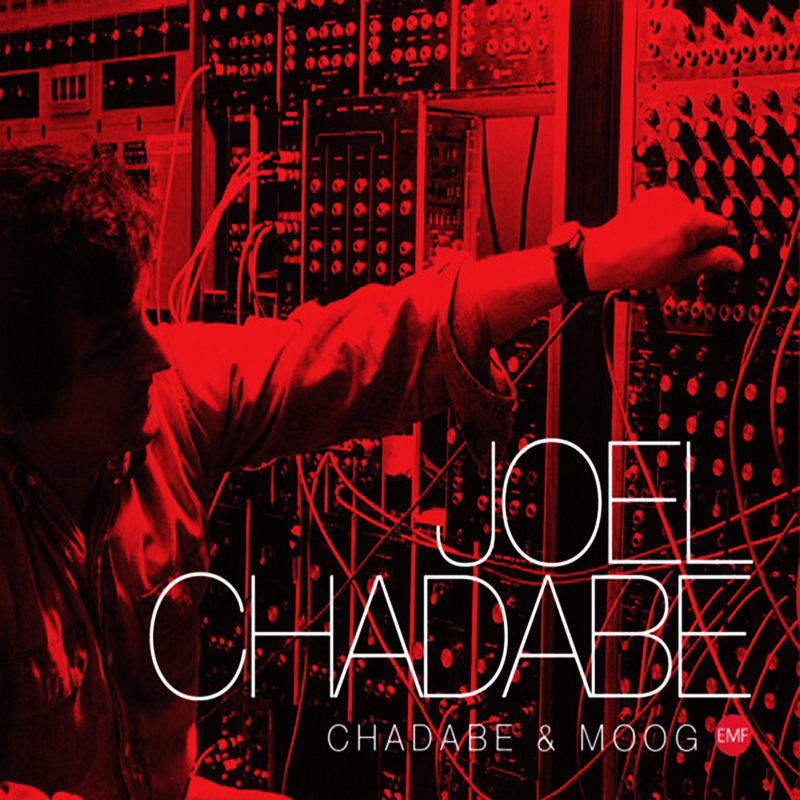
Mauricio Kagel – Transición I (1958 / Harmonia Mundi)
Already present in Mix 9 it is great pleasure to meet again Mauricio Kagel who was born in Buenos Aires where he received musical education (piano, cello, organ and voice) but as a composer he was self-taught. At the age of 19 he became artistic adviser to the Agrupacion Nueva Musical Buenos Aires, was a founding member of the Cinemathèque Argentine and musical advisor to the University. Also in 1950, he became conductor to the Colon Chamber Opera and the Teatro Colon in 1955.
In 1952 he had already composed a piece on tape and in 1957 moved to Koln where he began to work in the electronic studio the year after.
« Transición I », a piece of music of slow changes, of continuous transition – one moment flowing smoothly, the next moving forward dramatically. In order to achieve his aims, he developped his own technique of material transformation: musical translation and rotation. A striking aspect of the composer’s work was his attempt to formulate his strategies as abstract algorithms – which can be interpreted physically in the terms of all the control parameters of electronic sound generation.
Musical process can be seen as interpretations of transformations a two-dimensional vector space.
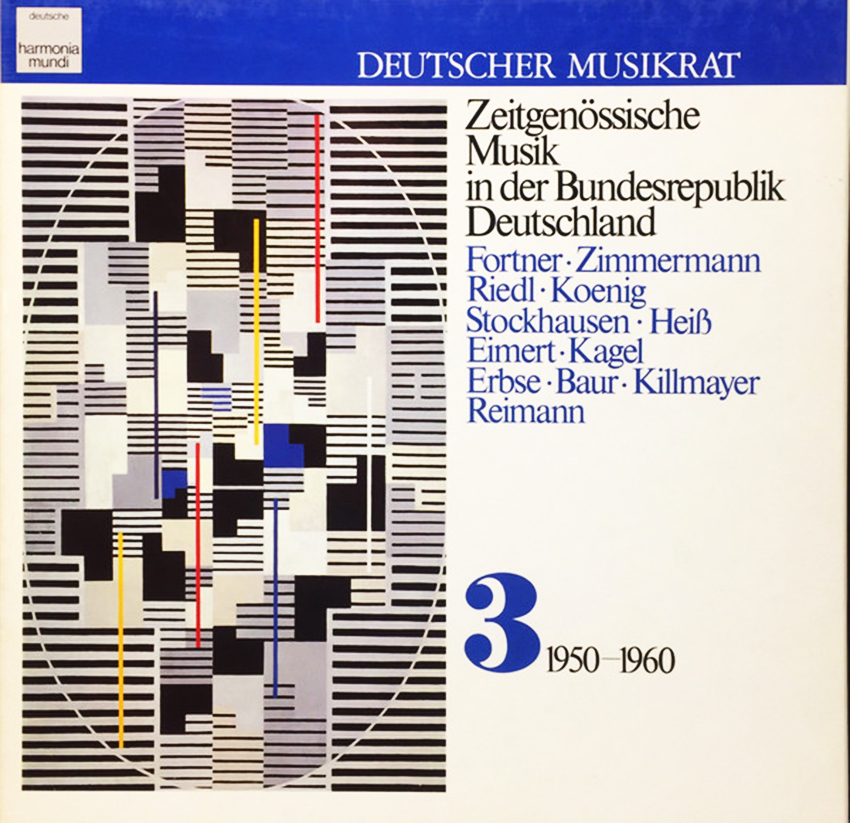
Karel Appel – Paysage électronique (1963 / Sub Rosa)
This work had appeared on “Musique Barbare” (C’mon U gotta love the name, don’t you?!) originally released by Philips, this masterpiece of musique concrète being a real jewel cleverly reprinted by Sub Rosa.
Made in collaboration with Frits Weiland from Instituut voor Sonologie, in the Netherlands. It brings to mind Ilhan Mimaroglu making music for Dubuffet since Karel Appel was obviously intuitive, an « Art-Brutal » abstract painter treating his palette with a shockingly loose and tactile fashion, sending keys and careening drums skittering down flights of imagined stairs to explosive impact zones and frantic junctures of jagged, non-melodic colour. Dutch expressionist Karel Appel – who had cofounded the avant-garde Cobra movement in 1948 – booked time in the Instituut voor Sonologie to compose music for a documentary that cinematographer Jan Vrijman was making on his work.
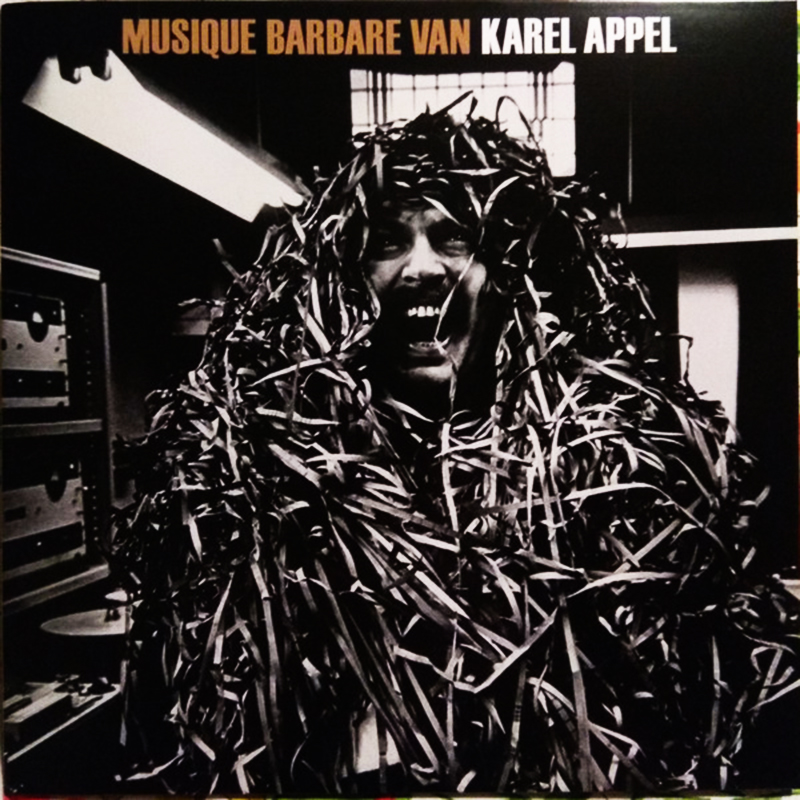
Frits Weiland – Textuur (1970 / Prospective 21e Siècle – Philips)
Let’s stay in the Netherlands where the history of Electro-acoustic music started in 1956, when Philips set up the studio in Eindhoven in which Edgar Varèse was to compose his « Poème Eléctronique ». Subsequently several studios were founded, notably in Delft, Bilthoven, and at the University of Utrecht (1960) named Institute of Sonology co-founded by Frits Weiland where he was a researcher and instructor. « Texture » brings into play several tonal contrasts, which evolve towards a harmony of textures through the reciprocal influence of opposing elements. In addition to the contrast of register and harmonic material, one may notice the opposition then reconciliation of a series of rapid impulses within a long, continuous enveloping tone.
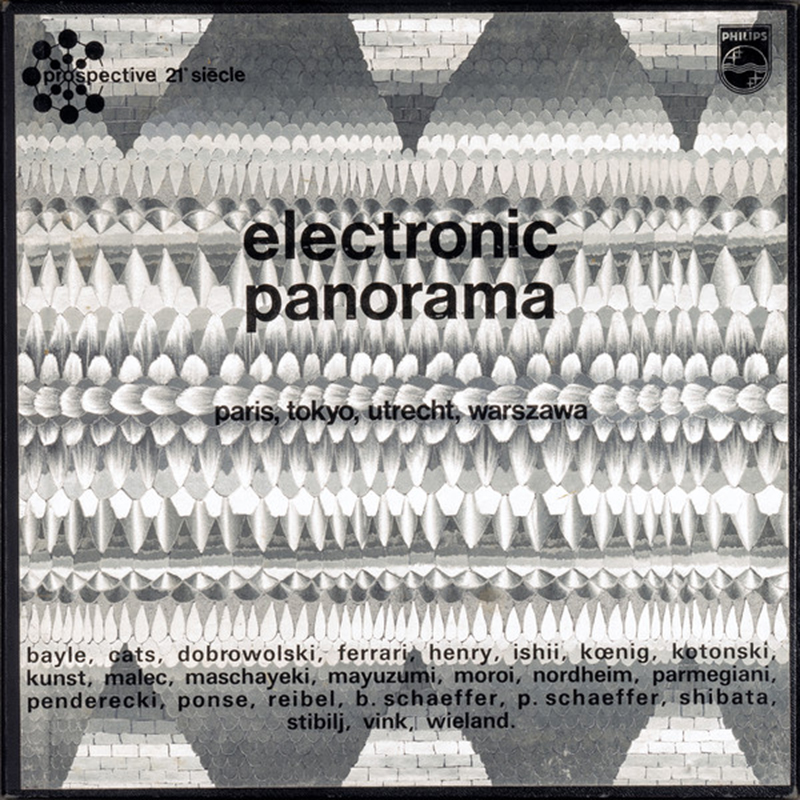
Louis De Meester – Mimodrama (1975 – Alpha Brussels)
Likely composed in an era that was the heyday of the Institute for Psychoacoustics and Electronic Music in Ghent comes this 20+ minute composition for magnetophone patching elements of previous works into a sort of biographical account travelling from oneiric electronics to more defined concrète shapes and textures to almost arcane Mittel European folk melodies and rhythms. Louis De Meester was a self taught musician who, after travelling widely as a professional player, professed himself an autodidactic composer by 1945, proceeding to become “Music Modulator” at The BRT (Belgian Radio and TV broadcasting company) and later head producer and artistic director at IPEM in Ghent between 1962-1969.
